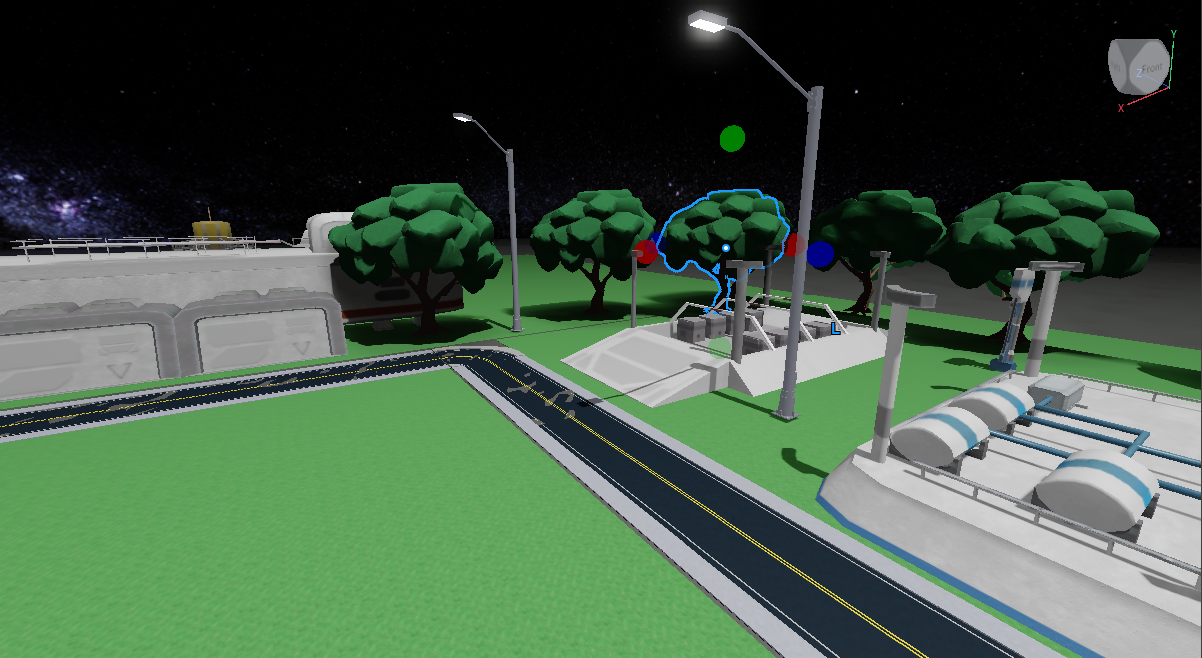Game Play Design
Designing a level
One of the most important aspects of level design is the placement of objects. Tips to consider
- Decide where to put each object , how many of them to use, and what orientation they should have to create a layout.
- Make sure that the buildings made sense in the context of the game world and the gameplay. 3.Experiment with different layouts to test the effect on the player experience. Consider things like visibility, accessibility, navigation, interaction, and immersion. The challenge is the player’s navigation. They should be able to see the buildings clearly, reach them easily, move around them smoothly, interact with them meaningfully, and feel immersed in them in a realistic way.

Once you have the layout done ,share a prototype with other players and testers. Get feedback early to improve design. Players will point out issues that we had overlooked such as collision detection, lighting effects, sound effects, and performance optimization.

This journey is important for us to go through to understand player retention and level design. In my journey,I learned how to balance aesthetics and functionality, how to create a coherent and immersive game world, and how to use feedback and testing to improve . I learned how to use the Roblox platform ,Roblox Studio editor, the Roblox scripting language Lua, the Roblox asset library, and the Roblox community forums while working on this project.
```